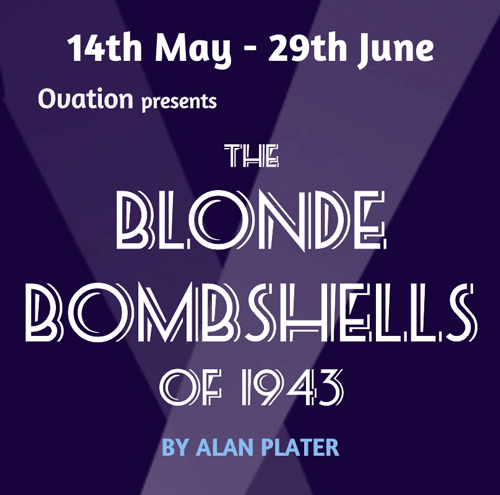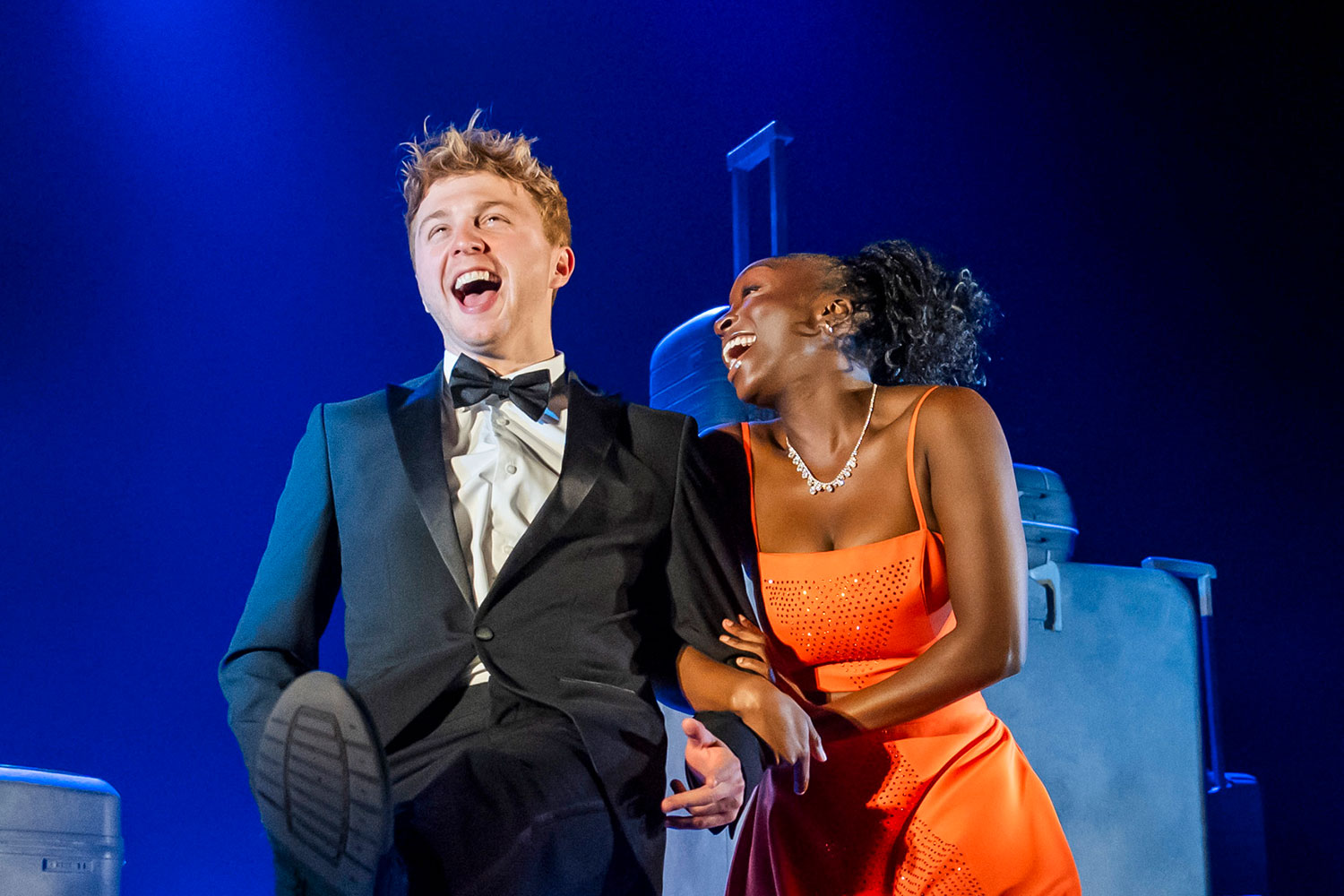The Blonde Bombshells of 1943 (Upstairs at the Gatehouse)

Perched atop Highgate Village, the Gatehouse presents a challenging course of undulating hills en route from the tube. However, it's well worth the effort.
The story of Alan Plater's Blonde Bombshells takes place in 1943, a tumultuous year when the war finally turned in the Allies' favour. The Eighth Army had swept through North Africa and landed in Italy, the Dambusters heroic raid had fatally wounded Germany’s engine room and Ivy Benson’s all-girl band became the BBC’s resident band.
Benson ultimately provides the inspiration for the story of a female dance band keeping peoples’ spirits up while the men were away fighting. The production, always looked upon as a play with songs, and not a musical, divides into three neat acts.
The girls, led by saxophonist Betty, are frantically searching for new band members. They are confronted with Lilly, a banjo playing nun, Elizabeth, child prodigy clarinettist and Miranda, a spoilt army driver, who confuses tenor sax with the trumpet. But she soon realises it’s the sax she can play, much to the relief of resident trumpeter Vera.
Just to complete the mix, we have Pat, boy drummer who sees the band as a way of avoiding joining the forces. It all makes for a glorious aggregation as the motley crew rehearse for their first appearance on the BBC.
Plater's characters are infectious and lovable as they slowly mould into a slick unit. The transformation of Lilly, Elizabeth and Miranda into a close harmony vocal group is striking and gives the band an added dimension. Acts 1 and 2 are merely scene setting and it's Act 3 when the action really begins, with the girls getting frocked up and ready to kick ass. And do they kick it!
All the legendary swing favourites are featured including ‘moonlight serenade’, ‘it ain’t what you do it’s the way that you do it’ and ‘tuxedo junction’. The aforementioned trio also give it large, affecting a great reading of the Andrew Sisters, legendary vocal harmony group of the 40’s.
Whilst newsreel footage of the era pins down the historical subtext, John Plews' production has a timeless quality and doesn’t just rely on nostalgia to score points. This isn’t just a show for the over 80s wishing to stroll down memory lane. Rather, it's a party that all ages can enjoy and if you learn something about history that’s a bonus.
An unknown cast with limited experience prove nothing short of amazing, even though the venue, as good as it is, seems a little too cramped for an expansive production of this type.










